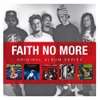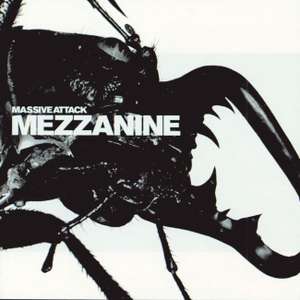

Music Deals & Offers
147 active deals533,363 commentsAll Music discounts and offers overview - April 2024

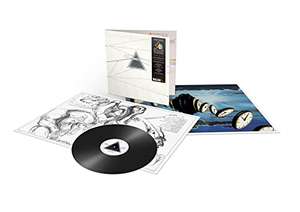

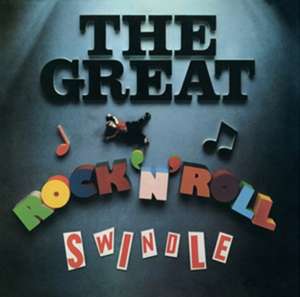

 hotukdeals
hotukdeals hotukdeals
hotukdeals ![Supergrass- Life On Other Planets [Remastered] Vinyl](https://images.hotukdeals.com/threads/raw/iv50H/4334133_1/re/300x300/qt/60/4334133_1.jpg)


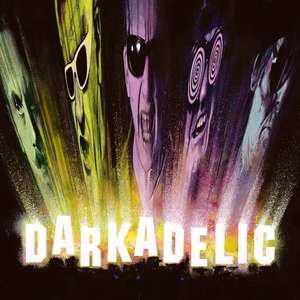

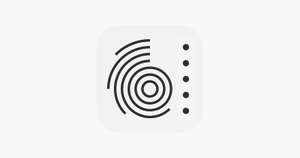
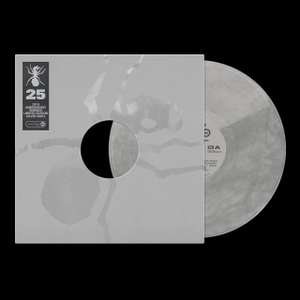
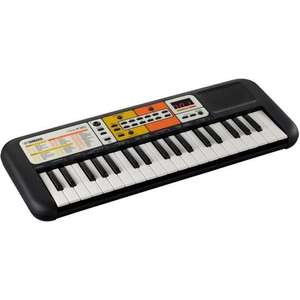
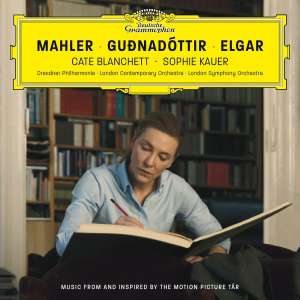
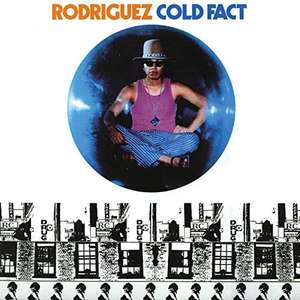
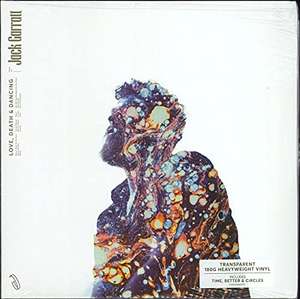

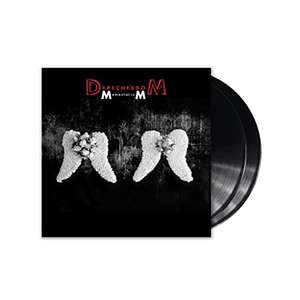

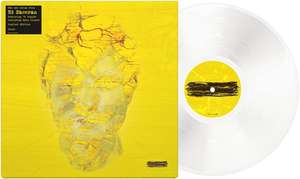
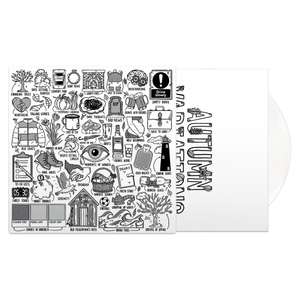
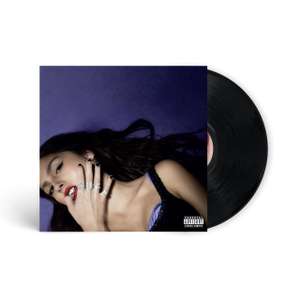
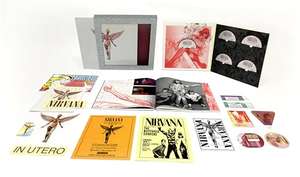
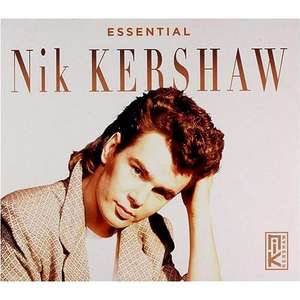

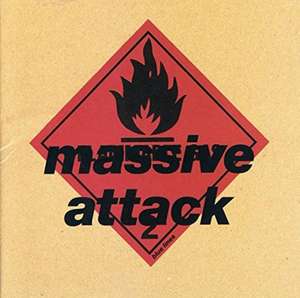
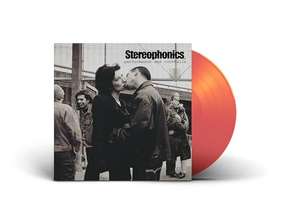
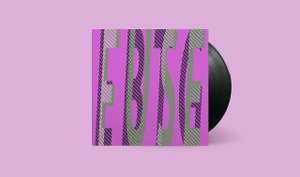
![The Beatles - Let It Be [6 Disc Super Deluxe Box Set with 100 page hardback book]](https://images.hotukdeals.com/threads/raw/jDsQY/4332030_1/re/300x300/qt/60/4332030_1.jpg)
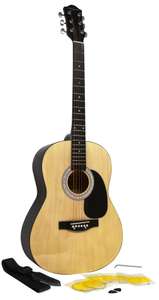
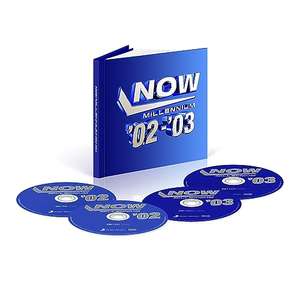
Music Deals: Enjoy Tunes for Less
In the modern world, music is a massive industry. In the UK alone, 117,000 people make a living from playing or selling music, and the sector contributes around £4.1 billion to the country’s economy. So it’s not just a matter of beautiful melodies or addictive hooks. Music is a huge part of today’s economy, which means that there are always plenty of deals waiting for savvy music buyers.
This buyer’s guide will look at how to buy music, as well as the best ways to play your favourite albums. With a few smart purchases you can build your music collection and have the speakers, players and amps you need to do it justice.
Music: Cultural Activity and the Music Industry
Music is a human universal. Wherever you go, people have ways to create ordered sound with rhythm and harmony. But the “music industry” is a modern phenomenon.
Music as a business emerged when inventors found ways to store melodies on mass-produced mediums like vinyl records. The earliest such products were hollow cylinders (christened “records” by early commentators), which had a system of grooves on the outside. By using a phonograph, listeners could turn those grooves into audible sound. It wasn’t great, but it was music – and to early listeners, it was a revelation.
Cylinders were soon followed by discs made from shellac in the 1910s, which were placed on rotating tables and played using stylus needles. These brittle gramophone discs were eventually replaced by more flexible vinyl starting in the 1940s. This heightened the quality of recordings and permitted the introduction of EPs (7” records) alongside full-size LPs (long-players).
Vinyl was dominant for almost 40 years, lasting well into the 1980s, but it was supplanted by audio cassettes and then compact discs (CDs) in the late 1980s and 1990s. At each stage, recording media became smaller and more sophisticated, delivering nearly flawless playback by the turn of the millennium.
Mini-discs came (and went), before the next technological revolution arrived. This time, it wasn’t a form of physical media but a file format. The mp3 represented a way to encrypt high-quality audio in a format that could be easily played back, stored and shared via the developing internet. Soon, services like Napster and iTunes emerged, monetising this invention.
Before long, the time when singles were mainly purchased at shops was long gone. Nowadays, most single purchases take place online and CD album sales are in decline. But there’s a fascinating catch. Streaming may be becoming dominant but older forms of music media have re-emerged. Vinyl records are back in fashion, thanks to their authetic, rich sound quality, and even cassettes are a common sight at music gigs.
It all adds up to a complex scene, where it’s not always easy to find the music you want, in the right format, at a fair price. This buyer’s guide should help out.
How Can You Listen to Your Favourite Music?
Right now, music fans who want to hear a single track or an album have a number of (legal) options available. Choosing the right one can make a big difference to how you listen to the music, and how much you pay. Here are the most important distribution channels:
High street shops – Not long ago, every high street would have a CD shop like Virgin Megastore or HMV, with rack after rack of CDs, tapes and vinyl. Both of those chains have largely disappeared, submerged by the tide of online music sales, but you can still find music in bricks and mortar stores. Also check out Record Store Day as well (in April), when shops around the world with a focal point in the US offer music discounts and live performances.
Online music marketplaces – If you are looking for a specific track, there’s only really one sensible option. Head to massive online marketplaces like iTunes, Amazon or Google Play, which will deliver you an MP3 copy, often for a few pence (with regular free downloads as well). iTunes alone offers around 25 million different tracks, so it’s larger than any bricks-and-mortar record store could ever hope to be. If you can’t find what you want there, it probably doesn’t exist.
Music streaming services – More recently, online music marketplaces have been joined by streaming sites like Spotify, Pandora and Deezer. For a small fee, these sites make a huge database of tracks and albums available to listeners, and they can be streamed to TVs, computers, tablets or phones as desired. There are always some gaps in the database (for example Taylor Swift isn’t on Spotify), but the selection is impressive, and there’s no cheaper legal way to listen to your favourite artists.
Online music stores – You can also buy physical media like CDs, cassettes and vinyl from online music vendors like Zavvi, HMV, WowHD and Hive. All of these sellers are featured on the HotUKDeals music listings and they usually offer cheaper prices than high street retailers. If you need a hard copy of an album, they are the place to look.
A Day of Deezer

How to Choose an Online Music Distribution Service
As noted above, it’s become extremely popular to either purchase and download tracks and albums from services like iTunes, or to sign up for streaming services with huge music libraries like Spotify. These are both wonderful tools for music fans (and nothing is stopping you from signing up for both types of distribution channel), but there are some things to think about when choosing which ones to go for.
Firstly, it’s important to note that Apple’s iTunes service isn’t all about buying music and adding it you your personal library. You can also access streaming services via Apple Music, so it’s not an either/or question of streaming vs downloads.
Secondly, both Spotify and Apple Music offer free settings along with paid subscriptions. If you can tolerate regular adverts in between tracks, Spotify is a great cost-free music listening option. Apple doesn’t bombard users with ads on their free setting, instead they offer very limited features which often just whets the appetite of customers to sign up for a full subscription.
Both services offer free trial periods, and it’s recommended that you take advantage of them. In Apple’s case, you can try their service for free for three months, while Spotify only give you a month, but both trials will give you a good feel for what’s on offer.
In terms of price, the difference is minimal, unless you want to set up multiple devices on one account. If you need to set up a family account, go for Spotify, which works out around £10 cheaper per month to add additional devices.
The music selection on both is huge (around 30 million tracks), but with some caveats. For instance, Apple allow you full access to the Beatles’ back catalogue (for downloads, not streaming) and Taylor Swift’s music. So, if you are a fan of either act, Apple Music could be a better streaming option.
Overall, Spotify and Apple Music are roughly comparable. You might also want to look at Google Play, which also has over 30 million songs and has one big advantage. With Google Play, you can add your own music library to the service, enabling you to stream it wherever you go, a great option for regular travellers.
Google Play has another USP. You can use the YouTube app and a feature called YouTube Red to eliminate all adverts from YouTube videos and to listen to YouTube videos without the footage – turning it into a free music streaming library.
What Kind of Hardware Should Music Lovers Invest In?
Streaming is all well and good, but any music lovers still need to have physical media in their collection. That’s not only a nostalgic thing. CDs and Vinyl come with attractive packaging and liner notes, with information about who is playing on each track, song lyrics, and biographies of the artists.
The trouble is finding the right way to store, protect, transport and – most importantly – play the music you love. Here are some products that all music fans need to invest in the get the most out of their collection:
Music systems – The most fundamental aspect of a music fan’s equipment is the tool they use to play their collection. In the past, it was common for this to come in the form of stereo stack systems, with record players, CD players, cassette decks, radios and amplifiers layered on top of each other. You can still find these kind of devices at stores like Richer Sounds, and they remain a popular option for serious music lovers. If you need fewer options, compact stereo units with everything in one unit are the way to go. You can find stereos with integrated or separate speakers and Bluetooth functionality to communicate with wireless controllers or headphones.
Alternatives to music systems – These days, you don’t need to invest in a specialist music system to enjoy high-quality audio. You can use conventional laptops to play CDs, and hook them up to surround sound speaker systems via USB cables or Bluetooth. Gaming systems like the Xbox One and PS4 also offer music playback and are compatible with most speaker systems. If you don’t need a cassette deck or hundreds of equalisers and volume controls, your pre-existing equipment could be ideal.
Speakers – Whether you are listening via a games console or a high-tech stereo unit, good speakers are essential to really enjoy your music collection. These speakers don’t have to be enormous. Desktop versions like the KEF Egg speakers, generate formidable volume and can be arranged around a laptop. However, if you are serious about hearing vinyl as it was meant to be heard, you’ll need something more heavy-duty. Go for tower speakers with impressive base from manufacturers like Bose or Pioneer. You may also want to investigate smart speakers like Sonos. Although they are more expensive, smart speakers can enable you to listen to music anywhere in the home, turning every room into an entertainment centre.
Amplifiers – If you are into vinyl records or you intend to install a set of large speakers, you will also need to get hold of a good amplifier. When you purchase a stereo system, ask whether an amp if recommended (they will often be bundled in with record players). Make sure that any amp you buy has DAC (digital to analogue), WiFi and USB connectors, as these will make it much easier to hook it up to online streaming services alongside your vinyl player.
Cables and connectors – The living rooms of music lovers often resemble a sea of cables, knitting together the various piece of equipment. Whenever you make an audio purchase, be sure to buy a spare cable or two, giving you the option to extend the range of speakers and connect them to your PC. It’s also a good idea to invest in cable holders that can keep everything neat and tidy, making it much easier to reroute or replace cables when required.
Storage racks – CDs and vinyl records need to be stored appropriately – not always an easy thing to achieve. As your collection expands, you’ll discover that space is at a premium, so buy a larger rack than you currently need. Modular vinyl racks from companies like Boltz are a good option, enabling you to add extra units as required.
CD and vinyl cleaning kits – Both CDs and vinyl records attract dust and dirt, which can ruin their sound quality and, in some cases, fatally damage them. Anyone who loves their records should have a vinyl cleaning kit near their player and regularly change the stylus to ensure that it is razor thin. Buy a stash of microfiber cloths and an anti-static brush, but stay away from chemicals if at all possible. If you have a large collection, a vinyl cleaning machine could also be a sound investment, but the cost makes it impractical for most home music listeners.
Secure carry cases – One of the drawbacks of listening to CDs and vinyl is that they aren’t portable (at least compared to MP3s). If you want to travel with your music or need to move home, investing in a solid, high-capacity record case makes sense. The best models from brands like Citronic are made from aluminium and come with secure locks, ensuring that bus journeys and flights won’t ruin your fragile vinyl.
You don’t need all of these things to enjoy music at home, but if you really want your music to live up to its potential, and to do justice to its creators, a good sound system, set of speakers, amp, and set of accessories is absolutely essential.
How to Find the Perfect Headphones
Headphones are vital accessories for streaming fans and vinyl-nuts alike, but they come in many different forms.
If you need to listen primarily to audio streamed from the internet, over-the-ear wireless, USB or 3.5mm jack headphones will be ideal. As you may well be streaming music on the go, noise cancellation is a priority, and comfort matters as well. Look at models like the Sony MDR-1A for a good all-round over-the-ear model.
If you need a pair of headphones to use during gym visits or workouts, in-ear models will be the best ones to go for. Look at models like Bose's SoundSport Wireless, which won't restrict your movement, synch up to smartphones or iPods, and are exceptionally stable (meaning they won't fall out in mid-stride.
On the other hand, vinyl fans might want something very different. The intensity and richness of vinyl records demands high-quality headphones, even if that means sacrificing portability or wireless functionality. There's plenty of choice but go for brands like Audio Technica, Bose, Sennheiser and Beyerdynamic and you won't go too far wrong.
Get Closer with the Bose Quiet Comfort 35 Headphones

A Quick Guide to Building a Vinyl Collection
Vinyl is making a serious comeback. In the 1990s, production and sales slowed to a virtual trickle and the format seemed completely moribund. In the past five years, people have rediscovered the rich sound quality of well-pressed vinyl (in comparison to tinny MP3s and web-based streams. Now, it’s routine for bands to release their albums on vinyl and to expect tens of thousands of sales.
In fact, over 1.5 million vinyl records are sold every year in the UK, more than shifted in any year in the 1990s. In many ways, we are living through a vinyl golden age (or at least an Indian summer), so how can you go about sharing in the fun?
Firstly, you’ll need to purchase a good record player. Don’t go for cheap turntables or portable fold-out models. Choose something robust and powerful, with a good pre-amp and a range of connectors (jacks, USB, DAC and wi-fi are recommended).
You’ll also need some impressive speakers to really appreciate the superior sound quality delivered by vinyl. Desktop speakers won’t cut it. Go for tower units, maybe with a few satellite speakers to deliver a “surround sound”-style experience. Base is crucial as well, so make sure you have a sub-woofer that can emphasise the deeper registers.
Don’t start collecting vinyl without a suitable storage system, either. Go for something lightweight and modular, so you can add to it later. Get an anti-static cloth as well, to remove any dust from second hand records.
Now comes the fun part – assembling and listening to your collection. Check out online vinyl sellers like the Vinyl Factory, HMV, Norman Records, Amazon and Juno, which all stock new releases.
If you are looking for older records, you may have to choose between reissues and vintage records. This isn’t always an easy decision. The reissues might be pristine but aren’t always as well-pressed as older vinyl, and are always quite expensive. Older versions can sometimes be cheaper, have period sleeve designs and may offer better sound quality. Just be prepared to give them a clean.
Good places to look for second hand vinyl include charity shops (if you are happy to wade through shelves full of less desirable products) as well as second hand record stores and online merchants like Vinylnet or eBay.
When you make a purchase, you’ll hopefully come across a rating system. Look for records marked “Mint”, which suggests they are in as-new condition. However, “Near Mint” is more common, and generally implies excellent condition. VG+ is also acceptable, and after that you come to VG, G, G+ then “poor”. Pay attention to the classification, and don’t pay over the odds for anything other than Mint goods.
How to Find Cheap Music
As this buyer’s guide has shown, there are many different ways to enjoy the world of music, from streaming services and online sellers to second hand record shops. There’s also a wide range of products to buy if you’d like to experience music at its best.
The question is, how do you get the best prices? Whether you are looking for a half-price Spotify subscription, free iTunes tracks or a bargain set of tower speakers, the first place to look should be the HotUKDeals music listings. We feature the latest discounts across the entire musical spectrum, for online services, physical media and hi-fi equipment, and you’re sure to find a great discount.
All of the UK’s most popular music brands are featured on the listings, including Apple, Spotify, Google, HMV, Zavvi, Amazon, Sony, Bose, Pioneer, Sonos and numerous online music sellers like Juno Records or Music Magpie.
If you are building a home audio system, try to time your purchases wisely as well. Black Friday in November is always an excellent time to hunt down audio equipment deals, and the January Sales are almost as good. Streaming subscription deals appear all the time, so bookmark the listings and check back on a regular basis.
Find Great Deals for Music and Music Equipment at HotUKDeals
Music gets us through difficult days, it delights us, takes us to another world, and gets our feet moving on the dancefloor. In fact, almost everyone has their own musical passions. Whatever your tastes, you will find the biggest audio discounts at the HotUKDeals music listings, from streaming services to vinyl records.
